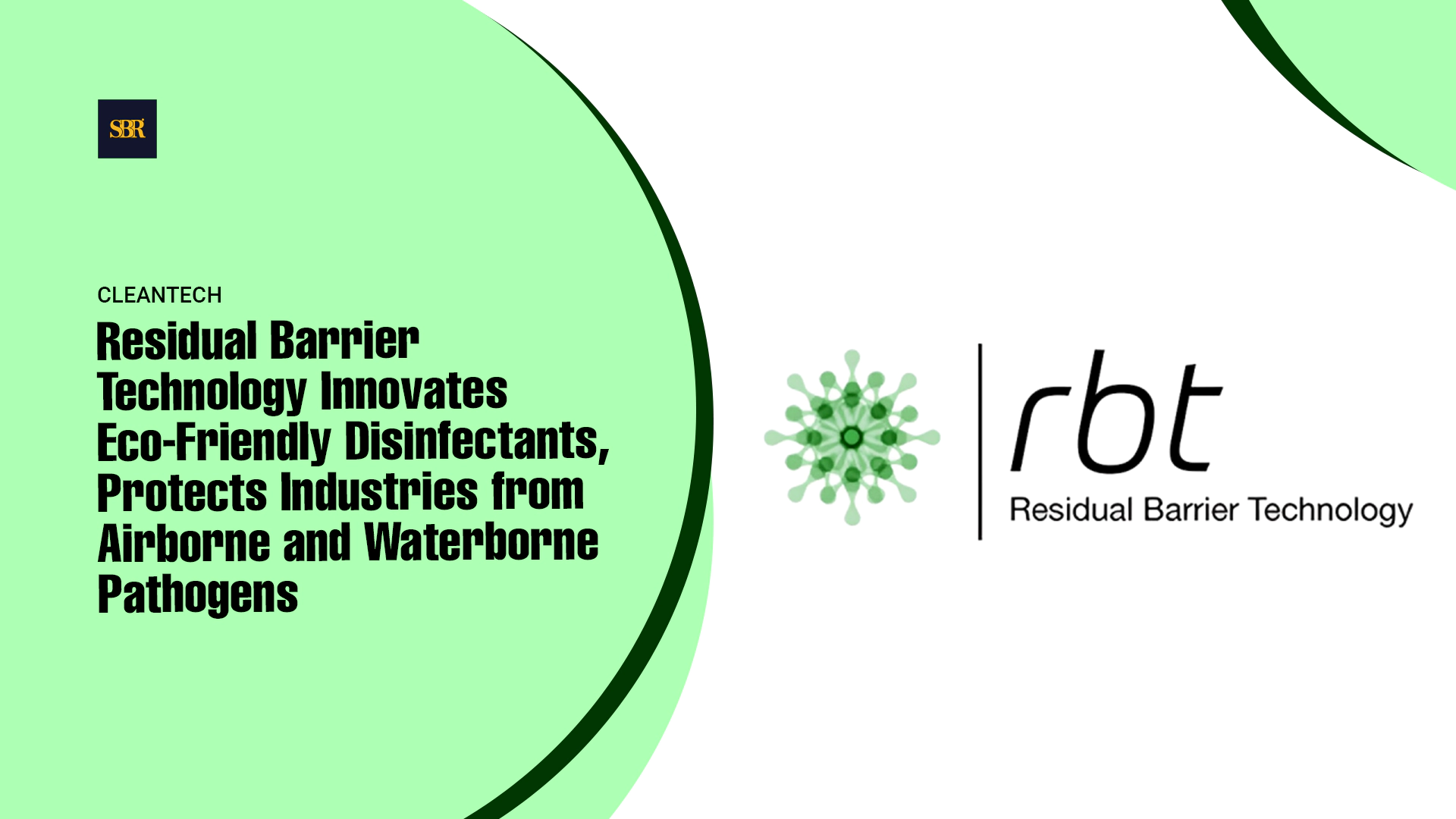“It is demonstrating, once more, that the EU is playing an active role in space.”
The European Union (EU) has initiated three groundbreaking space missions under the Horizon 2020 research program. These missions, launched on October 9th, mark the crucial final phase of innovation before European space technologies enter the market. This move comes as a result of the EU wanting to advance European space technology.
The three missions, collectively known as In-Orbit Demonstration and Validation (IOD or IOV) missions, began their journey aboard the Vega flight VV23 launcher from the European Space Agency's (ESA) spaceport in French Guiana. Comprising six satellites and nine experiments, these missions are designed to rigorously test diverse technologies with broad applications.
EU commissioner for the internal market Thierry Breton said, “It is demonstrating, once more, that the EU is playing an active role in space.”
Under the supervision of the ESA, the IOD or IOV program facilitates experiments in orbit, providing essential "flight heritage" for technologies in the real-space environment. These tests serve both scientific and commercial purposes, serving as the final litmus test before these innovations reach the market.
The primary objective of these missions is to bridge the gap between technology development and commercialization, thereby enhancing Europe's competitiveness in the global space industry.
The three missions—Syndeo-1, Syndeo-2, ESTCube-2, and ANSER—have drawn participation from entities in six European countries, each contributing to the advancement of space science and technology.
Syndeo-1 and Syndeo-2 missions, led by a Dutch aerospace company with help from universities and small businesses in several countries, have seven experiments in areas like space science and technology. Another mission called ESTCube-2, made by students in Estonia, uses small satellites to test a way to come back from space and improve a type of spacecraft for future trips. Then there's the ANSER mission from Spain, which uses small satellites to study water quality in Spain's reserves.
These missions underscore Europe's commitment to pushing the boundaries of space technology, fostering innovation, and driving the continent toward a more competitive position in the global space arena.















